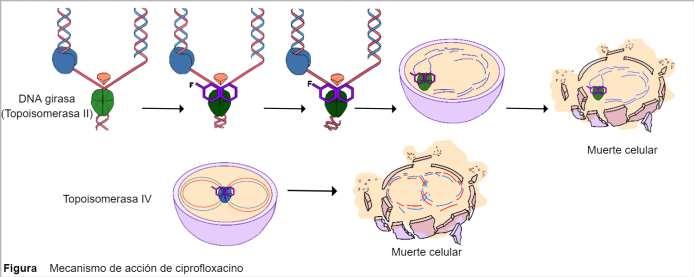
3 minute read
FDAU-32 ISONIAZIDA EN EL TRATAMIENTO DE TUBERCULOSIS
22 al 26 de noviembre
FDAU-32 ISONIAZIDA EN EL TRATAMIENTO DE TUBERCULOSIS
Advertisement
Acosta, LI1; Acosta, J2; Carrillo, JM3; Fierro, J4; Sandoval, SJ5; Yañez, R6
Universidad Autónoma de Coahuila Facultad de Medicina U.T
RESUMEN
Introducción
La tuberculosis es la enfermedad infectocontagiosa causada por un grupo de bacterias del orden Actinomicetales de la familia Mycobacteriaceae. El complejo Mycobacterium afecta principalmente el parénquima pulmonar (80 % de los casos). Sin embargo, también es capaz de afectar otros órganos (extrapulmonar, 25% de los casos). El diagnóstico se establece con la prueba cutánea de la tuberculina, el cultivo de esputo y las imágenes pulmonares. El tratamiento estándar incluye una terapia combinada con rifampicina, isoniazida, etambutol y pirazinamida durante dos meses, seguida de rifampicina e isoniazida durante cuatro meses más.
Caso clínico
Paciente femenino de 67 años que empezó con cuadro de tos productiva con contenido hemático después presento astenia, adinamia y empezó notar que estaba disminuyendo de peso. Presento los síntomas hace 3 meses antes de su fecha de ingreso con tos productiva que aumenta en la noche. La tos al principio fue leve pero pasado el tiempo aumento su intensidad y frecuencia hasta tener contenido hemático.
Justificación
La paciente se encuentra en polifarmacia debido a la alta susceptibilidad de resistencia que tiene la bacteria. Por lo que un tratamiento de primera línea evita la generación de dicha resistencia al atacar distintos blancos, ya que todos cuentan con diferente mecanismo de acción.
Discusión del mecanismo de acción de Isoniazida
La isoniazida impide la síntesis de ácidos micólicos, un componente esencial de la pared celular bacteriana: inhibe las enzimas InhA y KasA (pertenecientes al complejo FAS II), encargadas de su elongación.
Conclusión
Aunque la incidencia de la tuberculosis a nivel mundial ha disminuido en la actualidad; las condiciones socioeconomicos en México y diversos factores, aunados a la alta resistencia bacteriana, influyen en que continue siendo un problema de salud pública. Por lo que es de suma importancia seguir los esquemas de tratamiento de forma completa, así como el seguimiento de la investigación de los fármacos para una mejor aplicación de éstos.
ABSTRACT Introduction
Tuberculosis is an infectious-contagious disease caused by a group of bacteria of the order Actinomycetales of the family Mycobacteriaceae. The Mycobacterium complex mainly affects the pulmonary parenchyma (80% of cases). However, it is also able of affecting other organs (extrapulmonary, 25% of cases). Diagnosis is established by tuberculin skin test, sputum culture and lung imaging. Standard treatment includes combination therapy with rifampicin, isoniazid, ethambutol and pyrazinamide for two months, followed by rifampicin and isoniazid for four more months.
22 al 26 de noviembre
Case report
67-year-old female patient who started with productive cough with hematic content, then presented asthenia, adynamia and began to notice that she was losing weight. She presented symptoms 3 months before her admission date with productive cough that increased at night. At first the cough was mild but after some time it increased in intensity and frequency until it had hematic content.
Justification
The patient is in polypharmacy due to the high susceptibility to resistance of the bacteria. Therefore, a first line treatment avoids the generation of such resistance by attacking different targets, since they all have different mechanisms of action.
Discussion of the mechanism of action of Isoniazid
Isoniazid prevents the synthesis of mycolic acids, an essential component of the bacterial cell wall: it inhibits the InhA and KasA enzymes (belonging to the FAS II complex), responsible for its elongation.
Conclusion
Although the incidence of tuberculosis worldwide has decreased at present, the socioeconomic conditions in Mexico and various factors, together with the high bacterial resistance, influence the fact that it continues to be a public health problem. Therefore, it is of utmost importance to follow the treatment schemes in a complete way, as well as the follow-up of drug research for a better application of these drugs.










